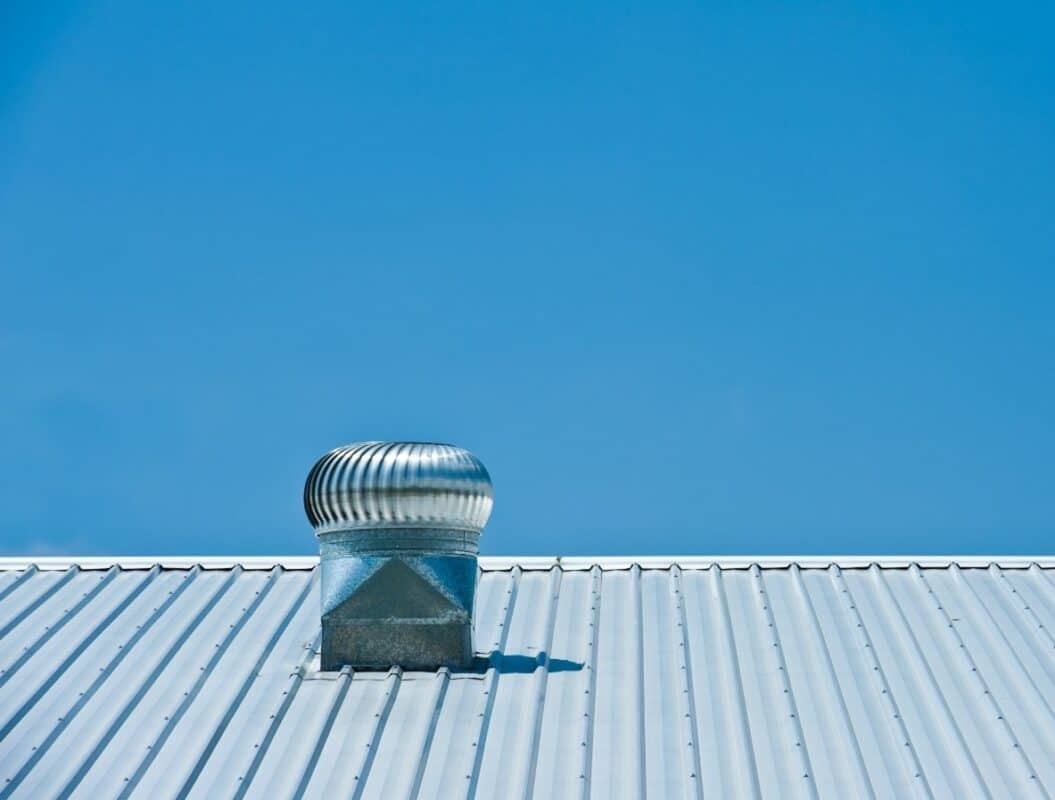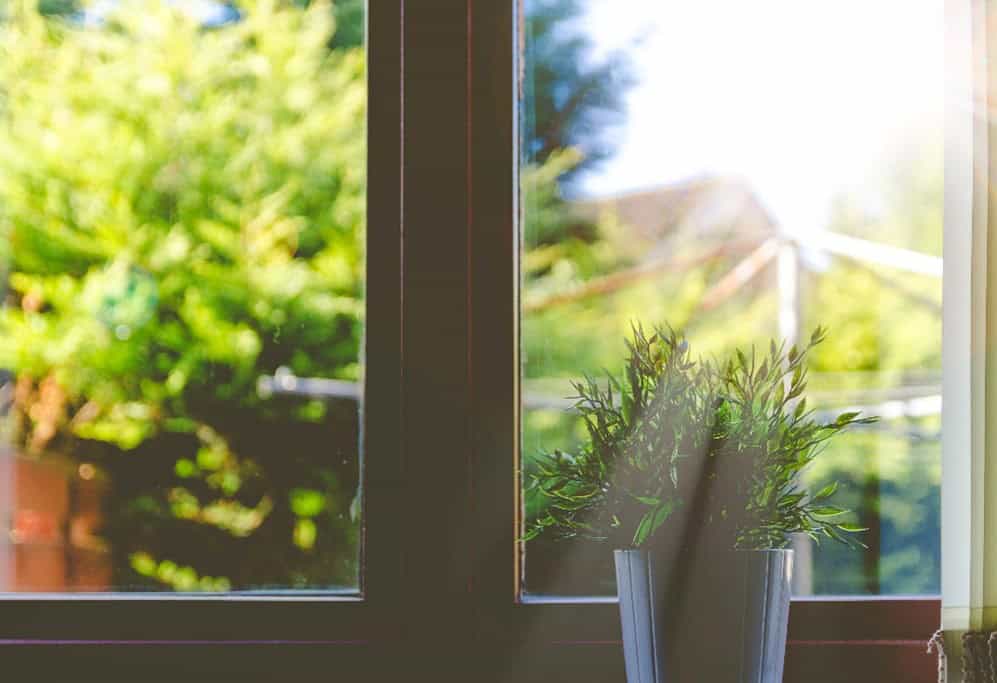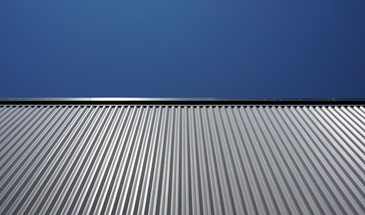
When it comes to maintaining a safe and comfortable home, keeping a close eye on your roof and windows is paramount. Ignoring potential issues can lead to costly repairs and compromises in structural integrity. In this blog, we’ll explore the top ten red flags that homeowners should be vigilant about during roof and window inspections. Identifying these warning signs early can save you time, money, and the headache of dealing with more extensive problems down the road.
- Missing or Damaged Shingles:
• Examine your roof for any missing or damaged shingles. These vulnerable areas can lead to water infiltration and compromise the roof’s ability to protect your home. - Water Stains on Ceilings or Walls:
• Water stains inside your home are clear indicators of a potential roof leak. Addressing these stains promptly can prevent further water damage and mold growth. - Sagging Roof Sections:
• A sagging roof is a serious issue that demands immediate attention. It could be a sign of structural problems, such as weakened supports or water damage. - Condensation Between Window Panes:
• Condensation forming between window panes suggests a broken seal. This can impact energy efficiency and compromise insulation, leading to increased utility bills. - Difficulty Opening or Closing Windows:
• Windows that are challenging to open or close may indicate issues with the frame or sash. Ignoring this red flag may result in decreased security and energy inefficiency. - Visible Cracks in Window Frames:
• Inspect window frames for any visible cracks or signs of deterioration. Cracked frames can allow drafts and moisture to enter, impacting both comfort and energy efficiency. - Gaps Around Window Seals:
• Gaps around window seals can lead to air and water infiltration. Check for any noticeable openings and seal them promptly to maintain a weather-tight barrier. - Loose or Damaged Flashing:
• Flashing is crucial for preventing water intrusion in vulnerable areas like roof valleys and intersections. Loose or damaged flashing can compromise your roof’s ability to shed water effectively. - Excessive Energy Bills:
• Sudden spikes in energy bills may indicate poor insulation or air leaks around windows and roofs. Addressing these issues can lead to long-term energy savings. - Moss or Algae Growth on the Roof:
• The presence of moss or algae on your roof signals excess moisture, which can accelerate roof deterioration. Regular cleaning and preventive measures can help extend your roof’s lifespan.
Regular roof and window inspections are key to preserving the longevity and functionality of your home. By staying vigilant for these top ten red flags, homeowners can catch potential issues early on and take proactive measures to address them. Remember, timely maintenance not only protects your investment but also ensures a safe and comfortable living environment for years to come.

In the quest for a more energy-efficient home, two critical components often come to mind: the roof and the windows. These elements play a pivotal role in regulating your home’s temperature, impacting both comfort and energy costs. Understanding how they work in synergy can help homeowners make informed decisions about upgrades that not only enhance the aesthetic appeal of their homes but also contribute significantly to energy savings.
Understanding the Role of Roofs and Windows in Energy Efficiency
The Roof: Your Home’s Topmost Insulator
The roof is more than just a protective shield against the elements; it’s a key player in your home’s energy efficiency. A well-insulated roof reduces heat loss during colder months and keeps your home cooler during hot summers. The choice of roofing material and color can also affect your home’s internal temperature. For instance, lighter-colored roofs reflect sunlight, helping to reduce heat absorption and, subsequently, air conditioning needs.
Windows: The Gateway to Thermal Efficiency
Windows are the eyes of your home, offering views, ventilation, and natural light. However, they can also be significant sources of energy loss. Upgrading to energy-efficient windows with double or triple-pane glass filled with inert gases and low-emissivity (low-E) coatings can drastically reduce the amount of heat that enters or escapes your home.
Materials Matter
Roofing Materials: Beyond Aesthetics
When selecting roofing materials, consider factors like thermal mass, durability, and reflectivity. Materials like metal, slate, and certain types of clay or concrete tiles, while potentially more expensive, offer greater durability and reflectivity, leading to better energy efficiency.
Window Materials: A Clear View to Efficiency
The frame material of your windows impacts their insulative properties. Vinyl and fiberglass frames offer excellent thermal insulation compared to aluminum. Glass options, such as low-E coated glass, help in reflecting infrared light, keeping heat inside in winter and outside in summer.
The Cost-Benefit Analysis
Investing in energy-efficient roofing and windows might seem costly upfront, but the long-term savings can be substantial. Energy-efficient windows and roofing can reduce energy bills by keeping your home’s temperature more consistent. Additionally, many regions offer tax credits or rebates for such upgrades, making them more affordable.
Technological Advancements
Innovation in roofing and window technology is continually evolving. Solar reflective roofs, for example, not only reflect sunlight but can also convert absorbed heat into usable energy. Similarly, advancements in window technology, like smart windows that adjust their tint based on the intensity of incoming light, are setting new standards in energy efficiency.
The combined upgrade of roofing and windows is a powerful strategy for maximizing energy efficiency in your home. While the initial investment may be significant, the long-term savings, increased comfort, and environmental benefits make it a wise decision. Homeowners looking to reduce their carbon footprint and energy costs should consider these upgrades as a synergistic approach to a more sustainable living space.
Remember, a well-insulated home starts from the top down. So, when you think about energy efficiency, don’t just look through the window; remember to look up at your roof, too.

Creating a comfortable and energy-efficient home environment is a priority for many homeowners. Two crucial elements in achieving this goal are proper roof ventilation and the installation of energy-efficient windows. In this article, we’ll delve into the importance of roof ventilation, how it contributes to a comfortable indoor climate, and the benefits of investing in Low-E windows. By understanding the significance of these elements, homeowners can take steps towards a more comfortable, energy-efficient, and financially savvy living space.
The Role of Roof Ventilation in Home Comfort
Roof ventilation is a critical component of a well-maintained and comfortable home. It regulates the temperature in the attic space, which, in turn, affects the overall climate inside the house. During warmer months, proper roof ventilation helps expel hot air that accumulates in the attic, reducing the strain on air conditioning systems and maintaining a cooler indoor environment. In colder months, it helps prevent moisture buildup, which can lead to mold growth and structural damage.
Installation and Maintenance Tips
Contact expert roofing contractors to install the proper ventilation system. Here, they will be able to determine if roof repairs are needed, ensuring that the installation is properly installed and secured. Professional roofers will help determine the most suitable option for your home’s architecture and climate.
Choose the Right Ventilation System: Talk with your chosen roofing contractor to determine the type of ventilation system needed. There are several types of roof ventilation systems, including ridge vents, soffit vents, and roof louvers.
Ensure Proper Sizing: Properly sized vents are crucial for effective ventilation. A professional assessment will help determine the appropriate size and placement of vents to optimize airflow.
Regular Inspections: Schedule routine inspections to check for any obstructions, damage, or signs of wear and tear. Addressing issues promptly will help maintain the efficiency of the ventilation system.
Clean Debris: Keep vents free of debris like leaves, dirt, and other obstructions. This ensures unrestricted airflow and maximizes the effectiveness of the ventilation system.
Low-E Windows: Enhancing Comfort and Efficiency
Low-E (low emissivity) windows are designed to reduce heat transfer, making them a valuable addition to any home. They contain a microscopically thin coating that reflects infrared light, which helps regulate indoor temperatures. During the summer, Low-E windows reflect a significant portion of the sun’s heat, keeping interiors cooler. In winter, they prevent heat from escaping, resulting in a warmer, more comfortable living space.

Selecting the Right Windows
Window Styles: Consider the architectural style of your home and your personal preferences when choosing window styles. Options include casement, double-hung, sliding, and more.
Frame Materials: Window frames come in various materials, including wood, vinyl, fiberglass, and aluminum. Each material has unique attributes, such as durability, energy efficiency, and maintenance requirements.
Glass Options: Low-E coatings are available in different variations, each tailored to specific climate zones. Consult with a window professional to determine the most suitable option for your region.
Professional Installation: Proper window installation is crucial for the performance of Low-E windows. Hire experienced professionals to ensure a precise fit and optimal energy efficiency.
Financial Benefits and Resale Value
Investing in proper roof ventilation and Low-E windows not only enhances home comfort but also leads to long-term financial benefits. Reduced energy consumption translates to lower utility bills, providing homeowners with substantial savings over time. Additionally, energy-efficient upgrades increase a property’s resale value, making it a wise investment for the future.
Conclusion
Proper roof ventilation and Low-E windows are key components in creating a comfortable, energy-efficient, and financially savvy home. By understanding their importance and making informed decisions during installation, homeowners can enjoy a more pleasant indoor environment while reaping the long-term financial benefits. Don’t underestimate the impact of these upgrades; they are essential steps towards a better living space for you and your family.
In the wake of the COVID-19 pandemic, the focus on energy savings and sustainability is larger than ever; and roofing systems are not an exception.
Green roofs demonstrate advantages such as energy-saving, indoor thermal comfort, rainwater management, air pollution reduction, and urban heat island mitigation. Their benefits are dependent on the use of primary energy, natural resources, or raw materials used in the construction.
But how can one make their roof replacement sustainable?
Gasper Roofing provides a few strategies that boost energy efficiency, reduce environmental impact, and contribute to a healthier, more sustainable living, or commercial space.
Redefining Roofs: 5 Sustainable Roofing Strategies
Perform Regular Roof Maintenance
A well-maintained roof is a “healthy” roof.
But why should anyone go through the hassle of maintaining and repairing a roof when they can just replace it? Because constant reroofing is neither cost-effective nor environmentally friendly.
That’s why regular maintenance is essential – it retains the roof’s efficiency of insulation which leads to reduced energy consumption and lower utility bills. Regular inspections can also detect any defects or damages, which should be addressed promptly.
It’s important to keep in mind that the more years that a roof lasts, the less landfill waste there is, as the National Roofing Contractors Association (NRCA) reported that over 8 million tons of roofing waste is dumped into U.S. landfills annually.
Install Solar Panels
Although a little pricey upon installation, solar panels have become a popular and effective way to help reduce energy costs. Because solar panels use renewable energy, not only do they provide cost savings but also reduce the carbon footprint of the home.
It’s important to clean the surface of the panels regularly as the build-up of environmental debris decreases their output of energy. According to The National Renewable Energy Laboratory (NREL), some areas showed losses as high as 25 percent.
Consider Daylighting Skylights
Lighting consumes a lot of electricity, so another roofing strategy that can help maximize energy savings is the addition of daylighting skylights. These lights reduce the amount of artificial light required inside a home or commercial building.
Large homes or offices with plenty of overhead lighting can benefit from daylighting skylights.

Preserve Insulation Efficiency
Insulation is considered as the best way to capture roof-related energy savings. Without proper rof insulation, heat enters in the summer and escapes in winter, making one’s HVAC systems work harder.
For better thermal efficiency, it’s best to address leaks right away and to keep people off the roof as foot traffic compresses insulation.
Apply Roof Coating
Roofs are always exposed to elements such as UV light, heat, water, and moisture, all of which accelerate deterioration and lead to the chemical degradation of the roof’s membrane. Provide an extra layer of protection by applying roof coating or installing a new roof over the old one.
Not only will this help improve a home’s energy efficiency but is also a sustainable and eco-friendly choice.
As everyone adapts to new norms after a pandemic, it’s best to focus on practices that promote energy savings and sustainability so that we can all enjoy a healthier way of life that doesn’t hurt the environment.

